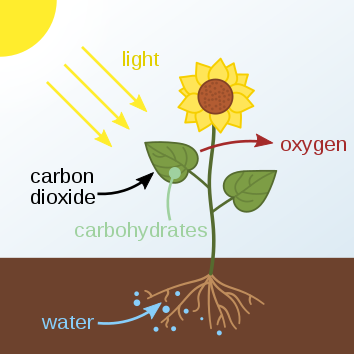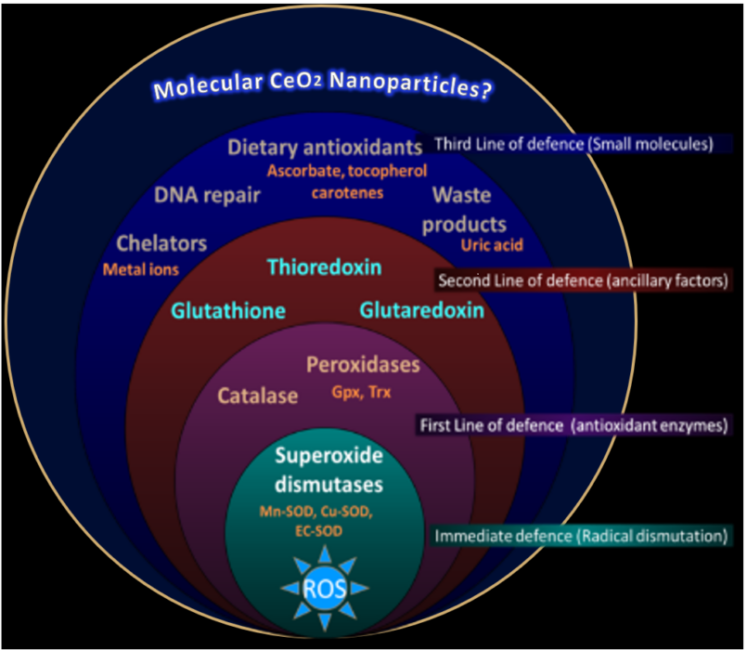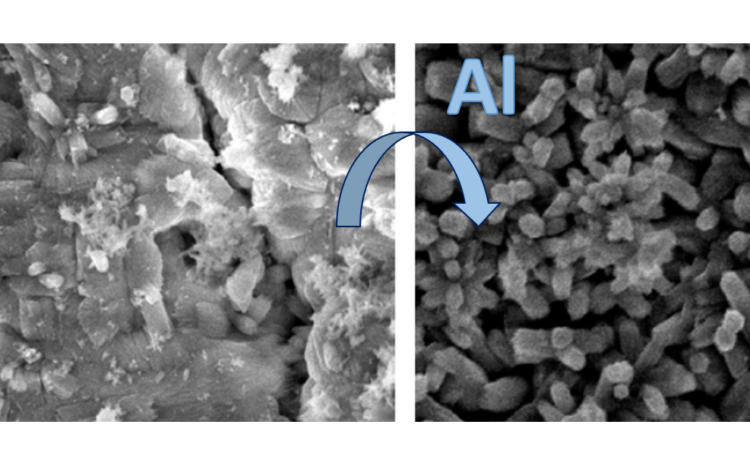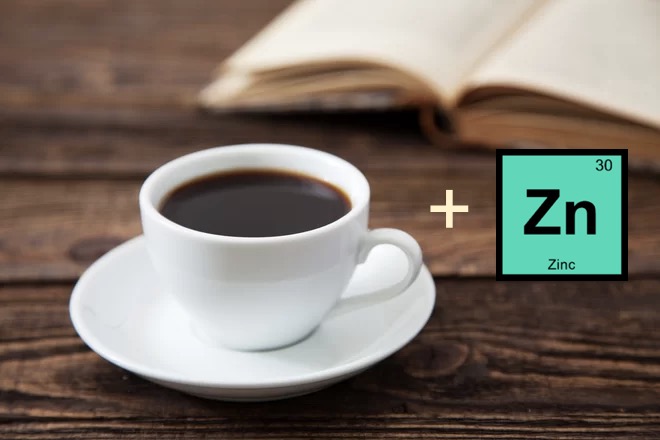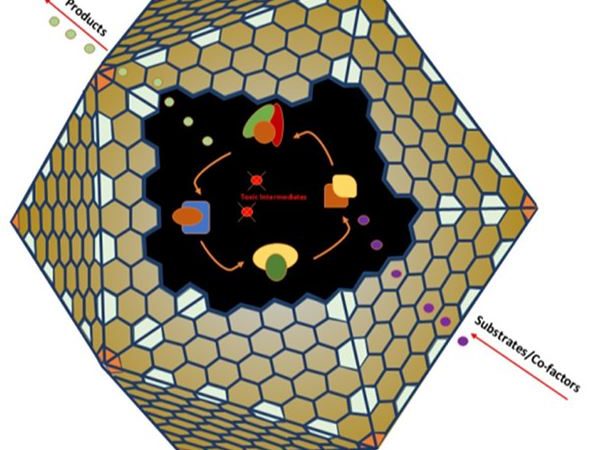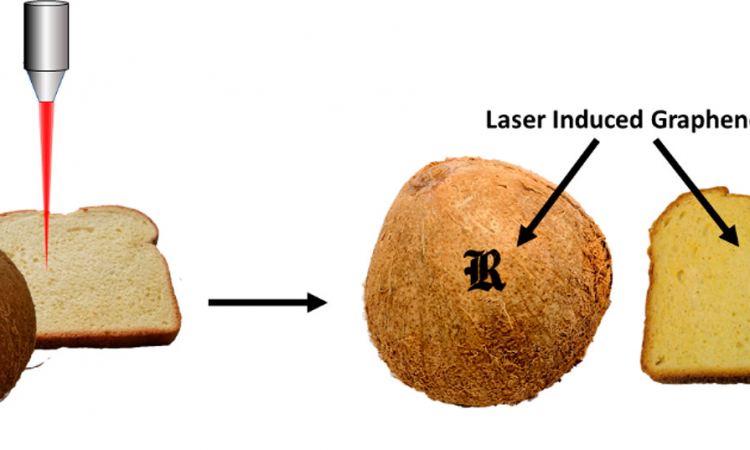An overwhelming majority of scientists are in agreement—and that never happens—something must change before we reach the so-called “point-of-no-return”. The onset of the industrial era (and the associated benefits) encouraged a system that pollutes our environment in search of the largest possible profits. More recently, our voices have gotten louder, and large groups of society have dedicated themselves to uncovering the solutions to these problems. Perhaps, in this regard, Mother Nature still has lessons to offer.
Unmasking COVID-19 infections
As the global COVID-19 pandemic rolls into its third year many of us wear masks almost all day at work or in the community. Read how these researchers have developed a sensor that can be embedded into your mask, which collects your exhaled breath to act as a COVID-19 test for the end of the day.
Greener materials for the next generation of solid fuels
Greener materials and processes for fuels and explosives! Scientist demonstrate how to tune a class of porous materials that ignite spontaneously when mixed with acid.
Molecular Nanoparticles: Large Molecules to Prevent Oxidative Stress?
Maybe chemistry can save us—in this case, synthetic chemists have developed a family of lanthanide-oxo molecules and investigate their capabilities as radical species scavengers, with a possible future in the clinic to mitigate various diseases onset by oxidative stress (get antioxidants into your diet, people!).
Engineering new types of nanocrystals through ingenious chemistry!
Scientists access new types of nanocrystals by leveraging simple acid-base concepts. The take-home message: always remember the basics!
Monitoring Vital Signs with Temporary Tattoos
Skin-conforming, ultra-thin wearable medical sensors could make going to the doctor less invasive than ever before. This newly developed, “tattooable” sensor uses a newly developed material to create one of the thinnest yet.
From Lead Pipes to Contaminated Drinking Water: Lead’s Chemical Accomplices
Lead pipes still exist in older infrastructure, but chemical water treatment can prevent (or increase!) the release of lead from the pipes to drinking water.
Metal organic framework used to treat low-oxygen tumors
Cancerous tumors can often create areas of low oxygen concentration around them. This creates challenges for cancer treatments that rely on creating reactive oxygen species to damage tumor DNA. Research from the University of Chicago developed a metal-organic framework to help reverse hypoxia in cancerous tumors in mice.
Make it green, make it bright!
Scientists craft a “greener,” copper-iodide-based ink with amazingly efficient photoluminescent properties
What’s blacker than black?
There’s a new record holder for the world’s blackest material. Learn about how randomly oriented carbon nanotubes can be used to create a coating darker than anything else ever made!
“Uncorking” a Mini Machine
Scientists discover a novel mechanism for taking apart tiny machines
Draw your own circuits with liquid metal
Electrical circuits can be drawn, erased, and redrawn with ease on this new material that uses liquid metal particles suspended in a polymer network. Check out how it’s made and its potential uses in flexible electronics!
New Materials to Recover Gold from Recycled Electronics
Gold is one of the most important metals since it’s used in electronics. Let’s learn from Charlie about a new material than can help recycle gold from discarded devices!
Nanodome architectures lighting our way to sustainable energy!
Ever wondered how researchers are making solar energy conversion more efficient and affordable? In this article, learn about nanoscale architectural designs assisting in trapping and managing light for better solar efficiency!
Stay young with Zinc!
We might have heard that antioxidants are good for our health. They help us to fight against oxidizing agents in our body and help us to stay young!
Recently, researchers have made a new breakthrough to help us fight against the oxides even with the inactive zinc!
What’s In A Screen? Improving Charge Transfer in Quantum Dot Films
What’s in a screen? It might be tiny particles called quantum dots – a novel material for everything from screens to solar cells. But how do researchers optimize new materials like quantum dot films? One type of spectroscopy – called transient absorption – could help.
Discovering Novel Structures – A molecular fidget spinner?
While discovery of new complexes can be difficult, this group at Cambridge has developed “cube traps” and effectively synthesized a molecule atkin to a molecular fidget spinner!
A New Duo in Catalysis: Combining Gold Nanoparticles with Enzyme Compartments
Biological catalysts and inorganic catalysts each have their own advantages and it is sometimes difficult to choose one or the other. So why not combine them into a powerful hybrid catalyst? That’s exactly what the researchers did in this recent article from ACS Catalysis.
Deep Neural Networks Are Identifying the Next Generation of Materials
Machine learning? Deep neural networks? Find out how advances in artificial intelligence could help scientists discover new materials.
Using lasers to make graphene on the surface of food!
Graphene is a wonder-material that is nearly indestructible, conducts electricity, and flexible enough to be worn. Let’s learn how to make it with lasers on the surface of carbon-based materials!
Double Perovskite Nanocrystals: New Synthesis and Structures for Solar Energy
Lead based perovskite is an exciting new material for solar energy, but it’s based on lead. These researchers found a way around that, making new double perovskite materials based on silver and bismuth. This new synthesis has exciting future in making perovskite solar panels into a environmentally friendly technology.
Halogen bonding with astatine: insights into a mysterious element.
How much do you look beyond the top few rows of elements in the periodic table? Prepare to do just that in today’s chembite as we explore some astatine chemistry!
Freedom from Wires: Solar-Charging Perovskite Batteries
Ever had your phone die out of nowhere? Wonder how you’re going to charge your Tesla on your next road trip? Researchers from the University of Cambridge have got your back – they’ve developed a single material that doubles as a battery and a solar cell.
Flavins photoactivation of prodrugs: let’s shine a light
How can flavin and flavoprotein help with cancer therapy? A very nice example of biorthogonal chemistry and its potential.
How to Prevent Cannibalism in Catalysts
This work describes an approach to prevent self assimilation of catalysts to increase their lifetime. It also finds a Hammett correlation between different substituents present on the catalysts and the rate of catalysis in both homogeneous and heterogeneous phase.

